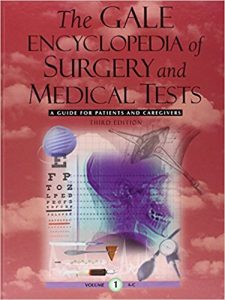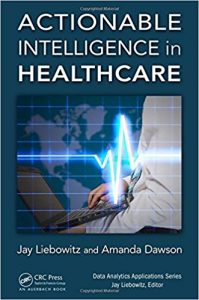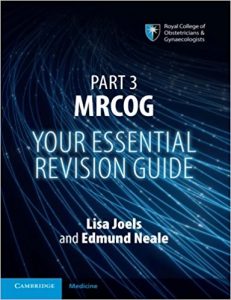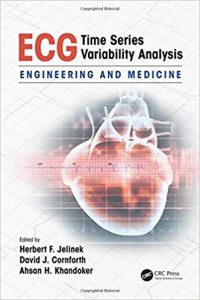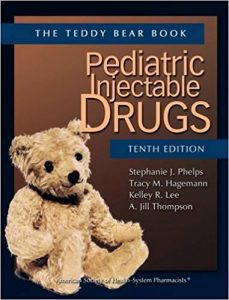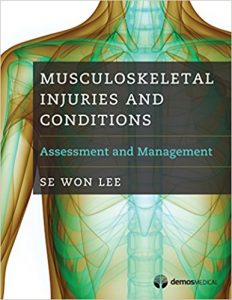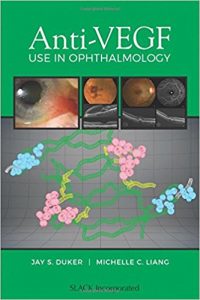Acute Pancreatitis: An A-Z 1st Edition
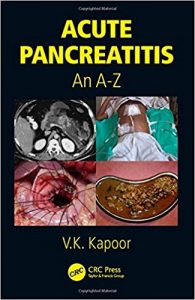
[amazon template=iframe image2&asin=1138894974]
Acute pancreatitis is a common cause of acute abdomen. Diagnoses is difficult as the symptoms mimic that of many other medical and surgical conditions. Patients with severe acute pancreatitis can develop multiple organ failure and need intensive care. As its management is multi-disciplinary involving gastroenterologists, radiologists and surgeons, this book shall appeal to every doctor, irrespective of the specialty.
This focused book conveys the knowledge of the basic concepts of acute pancreatitis in an innovative way. Original photographs and figures are used for the better understanding of the readers. In this pocketbook, various aspects related to acute pancreatitis are covered in a unique, simple and easy-to-read A-to-Z format and will be useful to medical students, post-graduate trainees and practicing doctors as a ready reckoner for pancreatitis.
Key Features:
• Innovative and unique A – Z format.
• focuses on signal knowledge and fast clinical management of various facets of different types of acute pancreatitis.
• Comprehensive approach with interesting facts.
• Lucid and self-explanatory text.
• Can be used as a ready reckoner pocketbook









